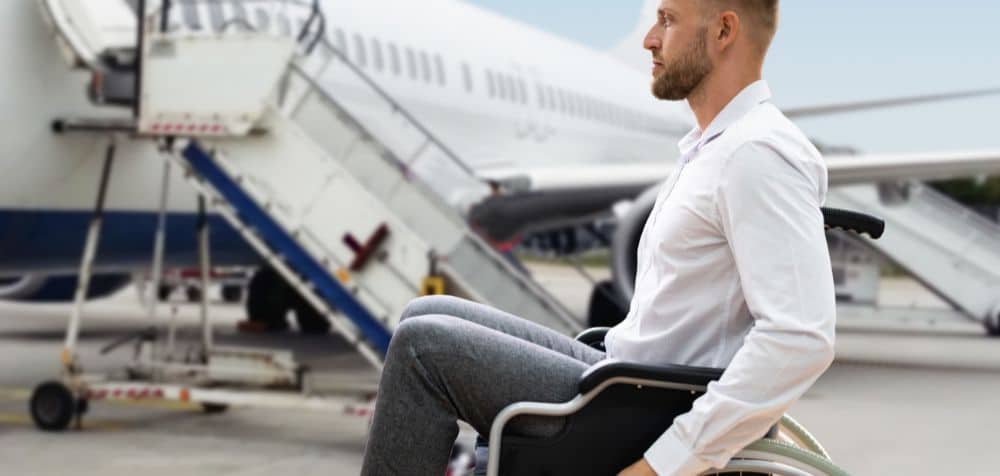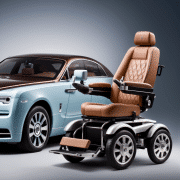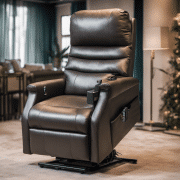Taking your power wheelchair on a plane. 5 things you should know
The best advice we’ve been given by other power chair travellers is if possible plan ahead to allow plenty of time to research your trip. The better planned you can be then the more likely you will be able to anticipate any problems that arise and better resolve any obstacles as they occur. If you...

The best advice we’ve been given by other power chair travellers is if possible plan ahead to allow plenty of time to research your trip. The better planned you can be then the more likely you will be able to anticipate any problems that arise and better resolve any obstacles as they occur.
If you haven’t done much flying yet, then travelling with an attendant to assist you along the way will definitely make it easier for you. As flying can be a large and important part of the trip it can be really useful to take on some of these tips below. Powered wheelchairs and scooters must always be stowed as checked in baggage and therefore must be stored in the cargo hold so it is important to have an understanding of both your chair and how the airline system works when managing goods such as these.
1. Before you make your booking it is a good idea to book your flight over the phone or with a travel agent so you can explain what assistance you require and find out any information that could be very important to you such as knowing the type of aircraft you will be flying on so you can look up the size of the cargo hold. For example an Airbus A380’s cargo hold is 64 inches x 67 inches. You may need to fold your seat back down so it can fit into the hold.
2. Always allow extra time in your schedule especially between interconnecting flights as you will be the last one off the flight.
3. Find out what your arrival time at the airport should be to ensure there is enough time for your chair to be disassembled and packed. Write a check list for yourself and if possible disconnect the battery, remove the controller, remove foot plates and anything that can easily be broken.
4. Provide clear instruction on how to handle, lift and operate the wheelchair before it is taken away to be loaded onto the plane. Some examples include “Do not put the chair on its side” or “Chair must remain upright at all times” This can be communicated using a sign that is attached to the back of your power chair along and a phone number. Additional instructions on how to collapse the chair and fold the seat back. It could also be important for baggage handlers and attendants to know things like that there is a 5 second delay when turning the hand controller on.
5. Know your own wheelchair – check the following as soon as you get your chair back after the flight:
- Is it engaged properly?
- Is the joystick plugged in correctly?
- Has it been turned on properly?
If you have any other tips you’d like to share with others then email us here and we can add them to this blog.
Preferred Suppliers for the Healthcare Industry Since 2003
Patient Handling is founded on a sound base of great staff, great products and great partners. We strive to put our clients needs above all else and focus on well thought out solutions for complex needs.



Receive latest news
Contact Us
We are an online store only. Please contact us if you would like a product specialist to assist with your purchase.







